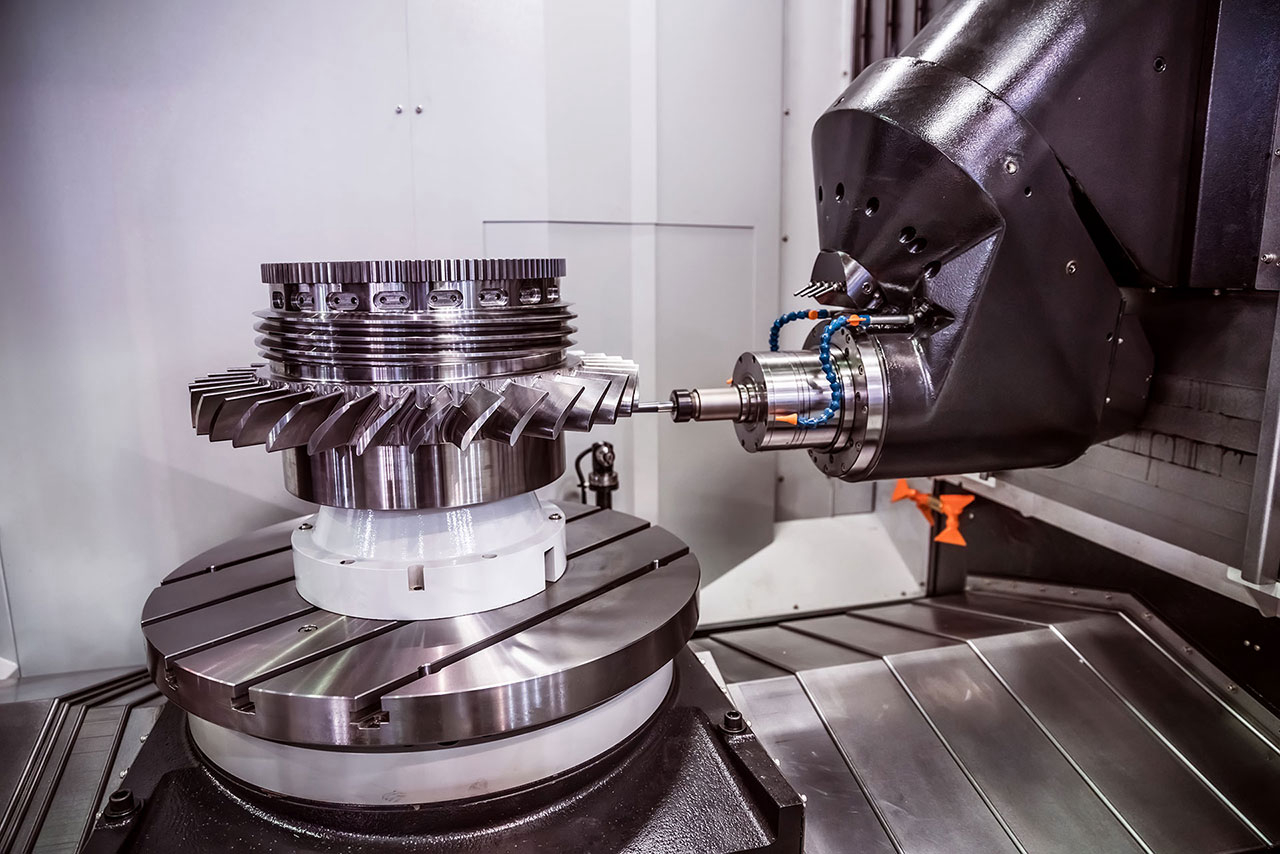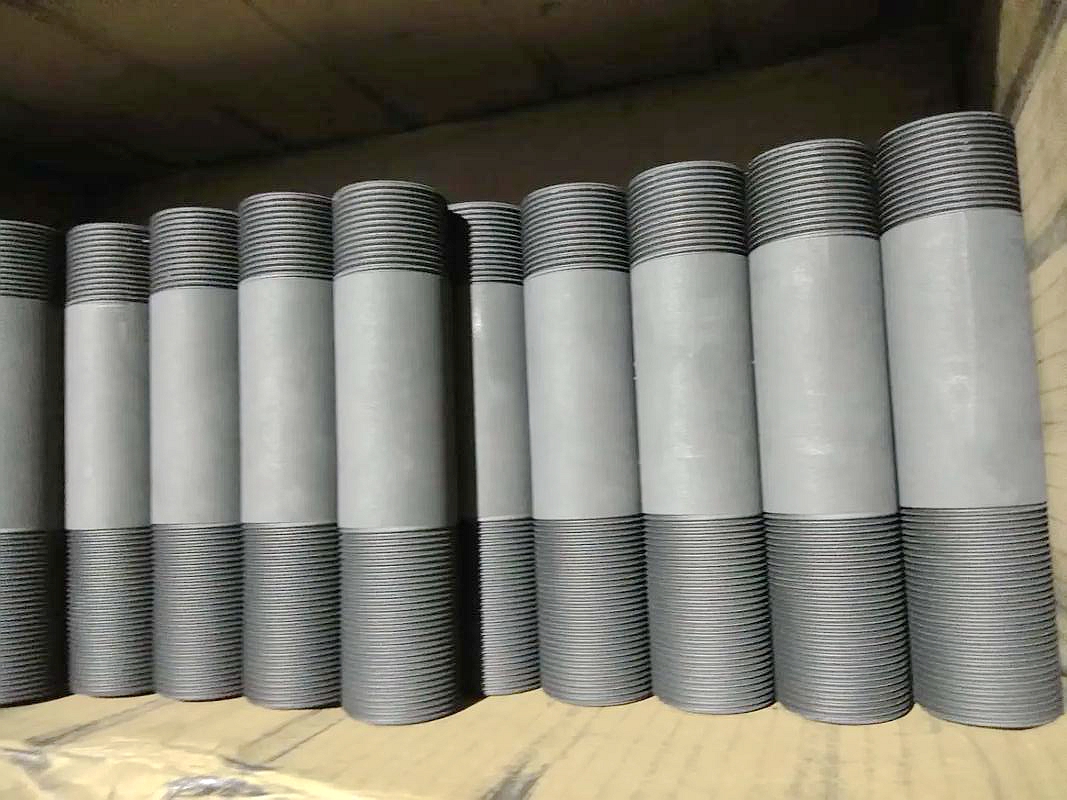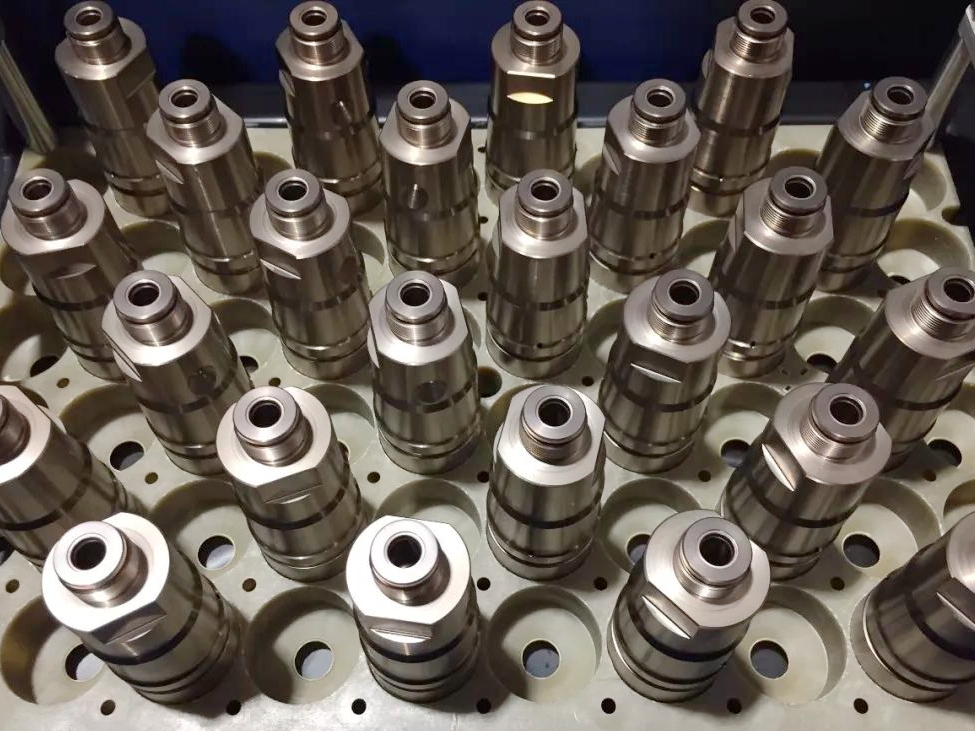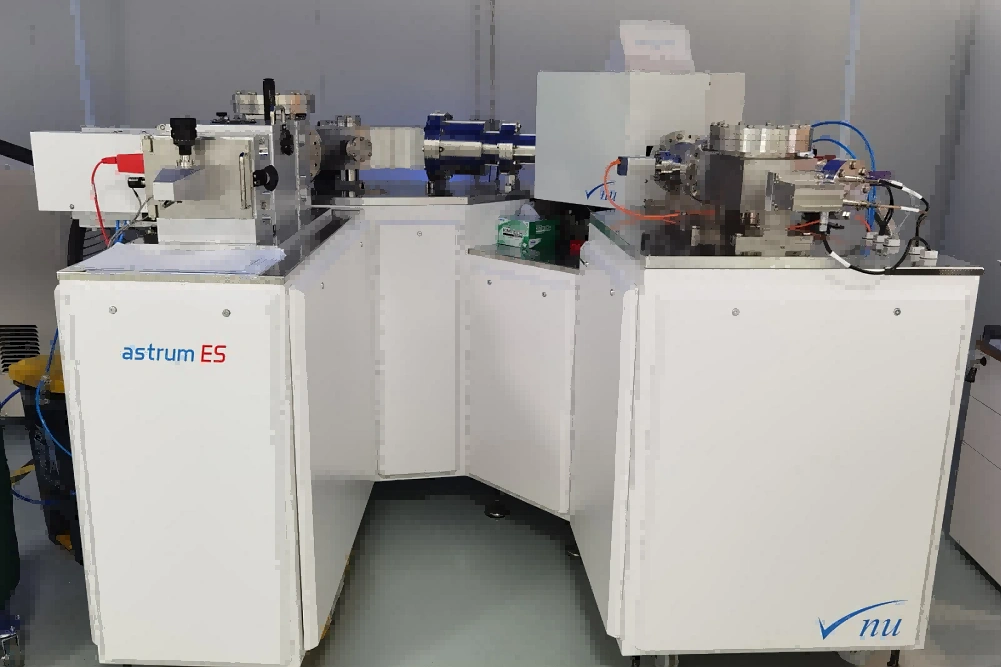What Are the Typical Post Processes for The 3D Printed Parts?
 3D printing is a versatile manufacturing technology that allows the production of complex parts directly from digital designs. However, most 3D printed parts require post-processing to meet specific mechanical, aesthetic, and dimensional requirements. Post-processing enhances the final quality of parts, making them suitable for real-world applications in aerospace, medical, automotive, and consumer goods. Below, we explore the most common post-processing methods for 3D printed parts.
3D printing is a versatile manufacturing technology that allows the production of complex parts directly from digital designs. However, most 3D printed parts require post-processing to meet specific mechanical, aesthetic, and dimensional requirements. Post-processing enhances the final quality of parts, making them suitable for real-world applications in aerospace, medical, automotive, and consumer goods. Below, we explore the most common post-processing methods for 3D printed parts.
Common Post-Processing Techniques for 3D Printed Parts
Post-processing techniques vary depending on the material, printing technology, and intended application. These techniques typically focus on improving the surface finish, enhancing mechanical properties, or ensuring dimensional accuracy. Below are the most common post-processing methods:
Support Removal: Many 3D printing technologies, such as FDM and SLA, require support structures to prevent part warping during printing. These supports need to be removed once the part is printed. The removal process can be done manually (using tools like pliers or knives) or through chemical baths (e.g., caustic solutions) that dissolve the support material.
Sanding and Polishing: Parts often have rough surfaces after support removal, especially when printed using FDM or SLA. Sanding and polishing smooth out these surfaces to improve the part's aesthetic and functional quality. Sanding is done using various grits of sandpaper, followed by polishing to achieve a glossy finish.
Chemical Vapor Smoothing (CVS): CVS is used primarily for FDM parts printed with ABS or similar thermoplastics. The part is exposed to a solvent vapor (such as acetone), which smooths the surface and reduces visible layer lines. This process enhances the part’s surface finish and strength while maintaining its dimensional integrity.
Heat Treatment: Heat treatment involves exposing 3D printed parts to high temperatures to relieve internal stresses and enhance the material’s properties. For metal parts, heat treatment can also improve hardness and strength. Heat treatment is essential for 3D printed metal parts created using DMLS or SLS.
Surface Coating: Surface coatings, such as powder coating, anodizing, or painting, are applied to 3D printed parts to improve their durability, appearance, or corrosion resistance. These coatings protect harsh environments and are commonly used in aerospace, automotive, and consumer electronics applications.
Polishing and Buffing: Polishing is often applied to parts made from metal or plastic to achieve a smooth, shiny surface. Polishing is essential in industries like jewelry design, where the surface quality of the 3D printed parts plays a significant role in the final product’s aesthetic appeal.
Electroplating: Electroplating involves applying a thin metal layer (such as gold, silver, or copper) to a 3D printed part through an electrochemical process. This improves the part’s conductivity, corrosion resistance, and surface finish, and is often used in consumer electronics or jewelry manufacturing.
Laser Ablation: Laser ablation removes unwanted material from a 3D printed part’s surface with high precision. It is commonly used for cleaning, engraving, or enhancing fine details on parts printed with metals, ceramics, or polymers.
Burnishing: Burnishing is a method used to improve the surface finish of metal parts by compressing the surface layer with a hard tool. This improves the part’s appearance and enhances wear resistance, making it suitable for automotive and industrial applications.
Benefits of Post-Processing for 3D Printed Parts
Post-processing is essential for achieving the desired final properties in 3D printed parts. The benefits include:
Benefit | Description |
|---|---|
Improved Surface Finish | Methods like sanding, polishing, and CVS help to smooth rough surfaces and enhance the aesthetic quality. |
Enhanced Mechanical Properties | Heat treatment and surface coatings improve the strength, hardness, and durability of 3D printed parts. |
Dimensional Accuracy | Post-processing ensures parts meet precise dimensional tolerances, especially important for high-precision applications. |
Customization and Aesthetic Improvement | Surface treatments like polishing, painting, and electroplating allow manufacturers to enhance the visual appeal of parts, providing high levels of customization. |
Challenges of Post-Processing for 3D Printed Parts
Despite the many benefits, post-processing can also present challenges:
Time and Cost: Post-processing can add significant time and cost to the production process, especially when high levels of detail and precision are required. Some processes, like polishing and plating, can be labor-intensive, increasing manufacturing costs.
Material Limitations: Not all materials are suitable for every post-processing method. For instance, some materials may not react well to certain chemical treatments, while others may be too delicate for abrasive polishing. Understanding the material properties and limitations is critical when selecting the appropriate post-processing technique.
Consistency: Achieving consistent results with post-processing techniques can be difficult, especially when working with complex geometries or multi-material parts. This may require extensive quality control and testing to ensure the final part meets the required specifications.
Conclusion
Post-processing is a critical step in the 3D printing process, enabling manufacturers to enhance their parts' surface finish, mechanical properties, and dimensional accuracy. Techniques such as support removal, sanding, heat treatment, and surface coating allow 3D printed parts to meet the exacting standards of aerospace, automotive, and medical industries. As 3D printing continues to evolve, new post-processing methods will emerge, offering even more opportunities for innovation and customization in manufacturing.
FAQs
What are the most common post-processing methods for 3D printed parts?
How does post-processing improve the mechanical properties of 3D printed parts?
What is the importance of surface finish in 3D printed parts?
What challenges are associated with post-processing 3D printed parts?
How do different 3D printing technologies require different post-processing techniques?



